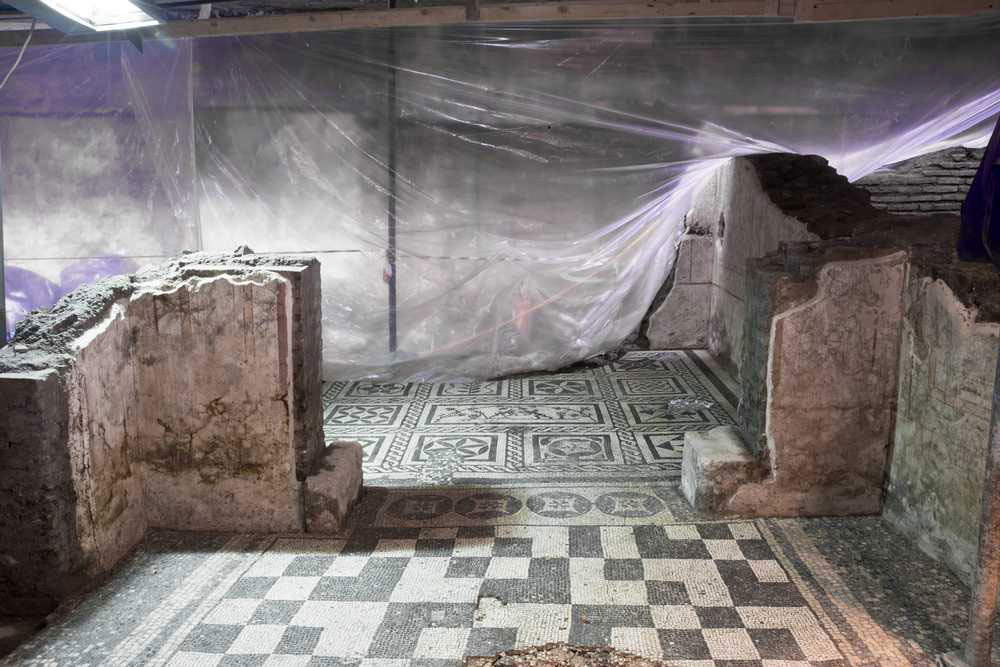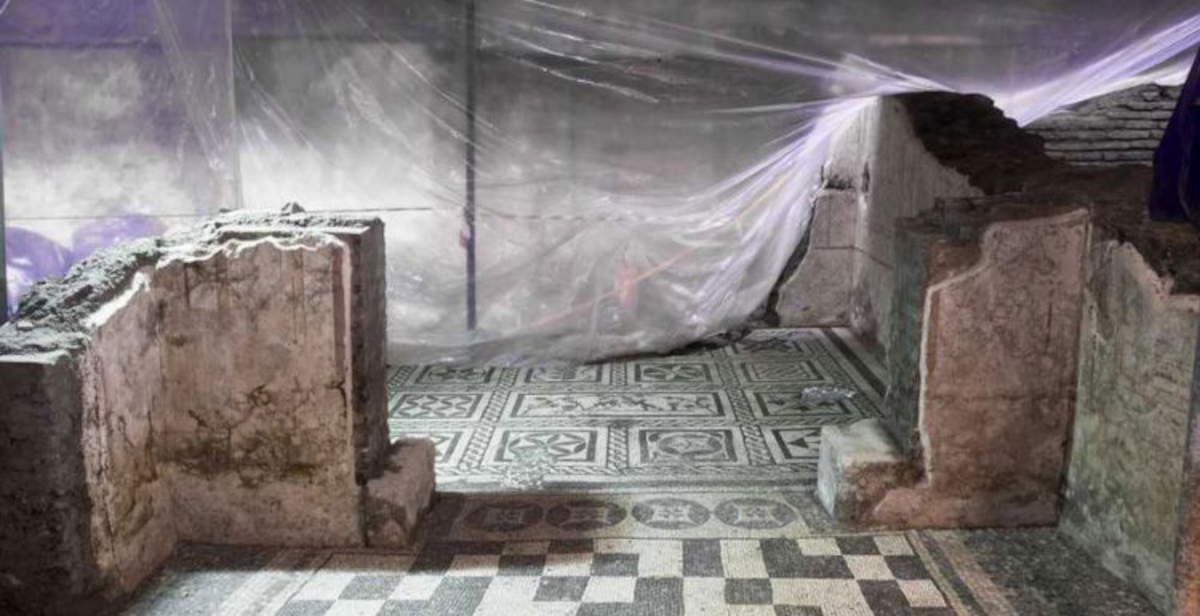The construction of the T2 section of the Rome Metro Line C, which will connect Piazza Venezia to Viale Mazzini by crossing part of the capital’s historic center, opens a new chapter in the complex relationship between contemporary infrastructure and the protection of the archaeological heritage. The project, approved by Ordinance No. 10 of June 27, 2025 by the Extraordinary Commissioner, calls for the construction of four new stations, Chiesa Nuova, San Pietro, Ottaviano and Clodio/Mazzini, along a route of about four kilometers. Two of these, Chiesa Nuova and San Pietro, will be equipped with underground museum spaces in which the artifacts that emerge during excavations will be enhanced, confirming the line already taken in other central areas of the project.
As was already the case with the San Giovanni station, which represents one of the main examples of integration between public transport and urban archaeology, the future museum-stations of Chiesa Nuova and San Pietro will also be conceived as spaces in which the mobility function coexists with the permanent display of archaeological elements. In fact, the two stations will rise in areas of very high historical density, where the deep excavation necessary for the construction of the underground spaces, up to 43 and 48 meters from ground level, respectively, will be accompanied by careful preventive archaeological monitoring.
In detail, the Chiesa Nuova station will be built in the square of the same name, along Corso Vittorio Emanuele II, in the immediate vicinity of the Church of Santa Maria in Vallicella and the Oratorio dei Filippini. The total planned depth of the facility is 43 meters, distributed over six underground levels. The most superficial level, located immediately below street level, will be arranged as an atrium-museum. In this space, passengers will be able to move within a unique environment, in which relocation areas of the unearthed structures and display cases integrated along the walls will form an integral part of the subway access route.

A similar facility will also be developed for the San Pietro station, located within the gardens of Castel Sant’Angelo. With its seven underground levels, it will be the deepest of the entire T2 section: the works will reach a depth of about 48 meters, a necessary choice to allow the undercrossing of the Tiber by the line tunnels, which will have to maintain a clearance of at least 25 meters with respect to the lower elevation of the river bed. Again, the upper level of the station will be designed as an exhibition space, intended to house archaeological materials recovered during excavation activities.
Both stations are part of the so-called Fundamental Route of Line C, the development of which involves crossing historically stratified areas. The decision to make the findings visible represents an opportunity to give back to the community fragments of its past, within a functional and everyday context such as a subway station. From a technical point of view, the stations will be built using the “top-down” method, which involves building the perimeter diaphragms and intermediate floors from top to bottom. This technique, already applied in previous sections of Line C, allows for greater safety during excavation, especially in densely built-up urban environments. The diaphragms, in particular, will be pushed down to a depth of about 80 meters to ensure the stability of the works and contain the impact of the work on the surrounding fabric.
In addition to archaeological enhancement, the new T2 section will also serve a strategic function in the urban mobility network. The Ottaviano station, for example, will be located along Via Barletta, between Viale delle Milizie and Viale Giulio Cesare, and will provide an interchange with the existing Metro A line. The project includes five underground levels and an excavation up to 35 meters deep. Another important node will be Clodio/Mazzini, located in the Vittoria district at the intersection of Viale Giuseppe Mazzini, Via Monte Santo and Via Giunio Bazzoni. Again, the station will be on five levels and will involve an excavation about 33 meters deep.
The entire design layout of the T2 section is entrusted to the Metro C General Contractor, a consortium led by Webuild and Vianini Lavori, on behalf of Roma Metropolitane. The start of the executive design follows the approval of the final design, and the first construction sites are expected in early 2026. The work will be carried out simultaneously on all four planned stations, while the excavation of the tunnels will start from the Clodio/Mazzini station area. The intervention will be organized in macro-phases, with the stated aim of minimizing the impact on the local road system. In parallel, the final design of the T1 extension, which will take Line C to Farnesina, crossing the Auditorium area, is almost completed.
 |
| Rome, two new museum stations on the C Line. They will display artifacts found in excavations |
Warning: the translation into English of the original Italian article was created using automatic tools. We undertake to review all articles, but we do not guarantee the total absence of inaccuracies in the translation due to the program. You can find the original by clicking on the ITA button. If you find any mistake,please contact us.